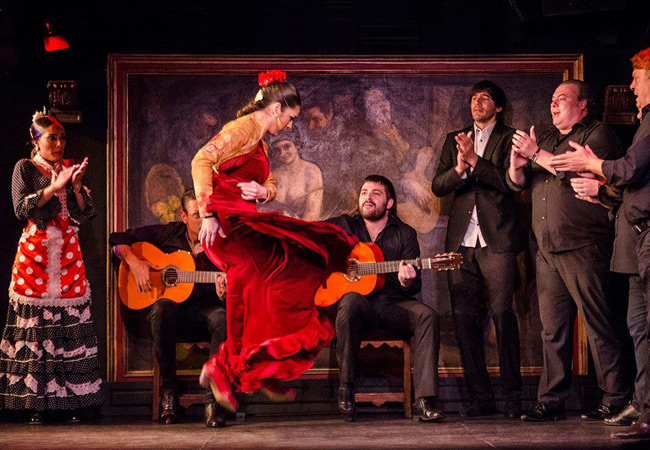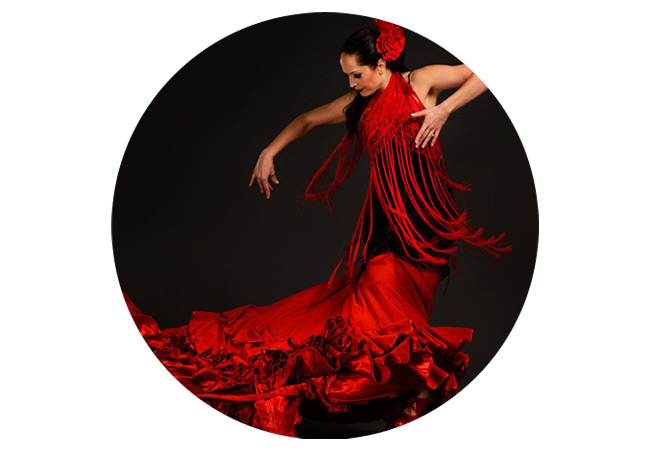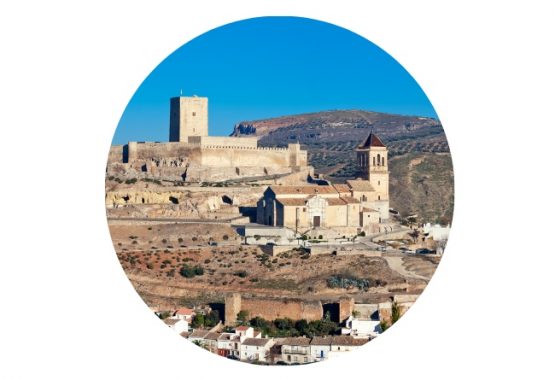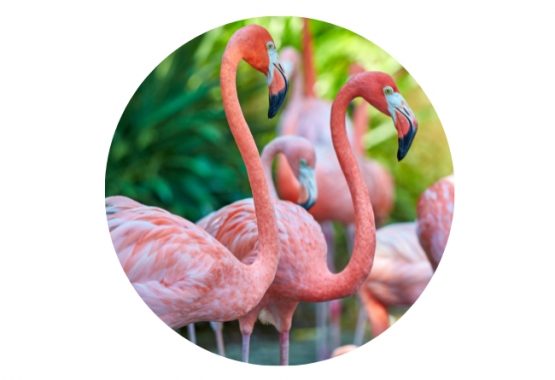Flamenco in Andalucia, if you’re ever so lucky to be present at a gathering where Flamenco plays a role, treat it with utmost respect.
For Flamenco is not just some type of folk music. The Flamenco in Andalucia is very much alive, and deals with life itself. The experiences and emotions we share as a group, woven into an art form. Ever since the late 18th century, it has been handed over, by generation after generation, who all improve it and adapt. Flamenco in Andalucia deals with ‘duende‘, that heightened sense of awareness that is so important in Andalucian speech and culture. An expression of Flamenco can include canto (singing), toque (guitar playing), baile (dancing) and palmas (handclaps) and, as in jazz, the art can sit in the improvisation and artful balance.
Spanish music
In Western European ears Flamenco music can sometimes seem repetitive or even painful. If that is the case, we’re most probably dealing with the Fandango. For Flamenco music falls apart in different ‘palos‘ or styles, that are classified by rhythmic pattern and chord progession. For example the Rumba and the Buleria are 2 palos any ear does love, and that have almost become synonymous with what we often call ‘Spanish music’. Though the precise origin of the word ‘Flamenco‘ is disputed, there’s a main theory that states it comes from the musicians of Emperor Charles the Vth. When he came to his palaces in Andalucia he brought his own musicians with him from Ghent in Flanders, which triggered the expression: ‘Playing music à la Flamenca‘ (the flemish way) or ‘as a Flamenco‘ (someone from Flanders).
In 2010 UNESCO declared Flamenco intangible cultural heritage of humanity, or a musical pendant of a monument.

Inland Andalucia
All over inland Andalucia you will find villages with their own ‘Pena Flamenca‘, which is a bar/club for lovers and practisioners of Flamenco music. The music you hear here can be a world away from the more touristy form at the coast or specifically organized shows.
Epressions of flamenco are very popular, accross all ages, and is not the monopoly of the Roma people (‘gypsies’). Many, and especially the most famous singers, do come from the Roma community though.
With as most famous and reverred singer, Cameron de la Isla, a name that simply everyone knows, from every person in Andalucia to all the Flamenco schools in Japan (where, by the way, there are more Flamenco schools than in Spain). Paco de Lucia though might be a name that sounds more familiar to you.
For when you decide to buy property in inland Andalucia, Flamenco might become a part of your life.






